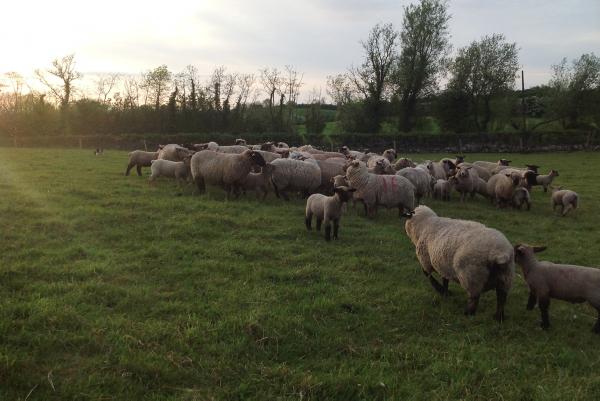Grazing conditions this week remain tricky. A combination of heavy covers and heavy rain don’t mix.
The strip wire is back up and we are trying to balance between keeping cattle content and trying to hit some form of tight residuals, but over last weekend this wasn’t possible. I would say some pre-mowing or topping will need to take place in the next rotation.
We usually allow cattle to eat down a paddock reasonably tight and then move them on to next paddock. The paddock is then mowed straight away and the toppings are allowed to dry for a day and the cattle are placed back into the paddock which they eat up. This has worked extremely well in the past.
All cattle are now bought and on the grazing block which brings the stock rate on grazing block to 2,300 kgs per ha and overall farm stocking rate of 2.44 lu/ha.
The cutting of the red clover silage has been delayed another week due to commitments with off-farm work. This is a big issue when farms are run part time. Casual labour for one or two days a week seems to be a big issue facing some Irish farmers who haven’t work for a full-time employee, but who could do with some additional help at peak times. The grass hasn’t headed out yet so quality is still good. The yield looks exceptional.
The sheep are at present cleaning out a four acre field which we hope to reseed in the next two weeks. It will be sprayed off and then power harrowed twice, grass seed and fertiliser spread and then rolled; it’s a low cost way that has worked well in past.
I thought the “blossom” went off the lambs for a week or two but the recent good weather in last few days seems to have them thriving again. Lambs look very forward and I hope to weigh a number of them this weekend.
The first grown lamb was lost this week. He was approximately 30 kilos and was found lying on his back in the field. I suspect it was swayback. As a preventive measure all lambs will be given a mineral drench this weekend. I suspect a copper deficiency, but I mark it down as a once-off.






 This is a subscriber-only article
This is a subscriber-only article












SHARING OPTIONS: